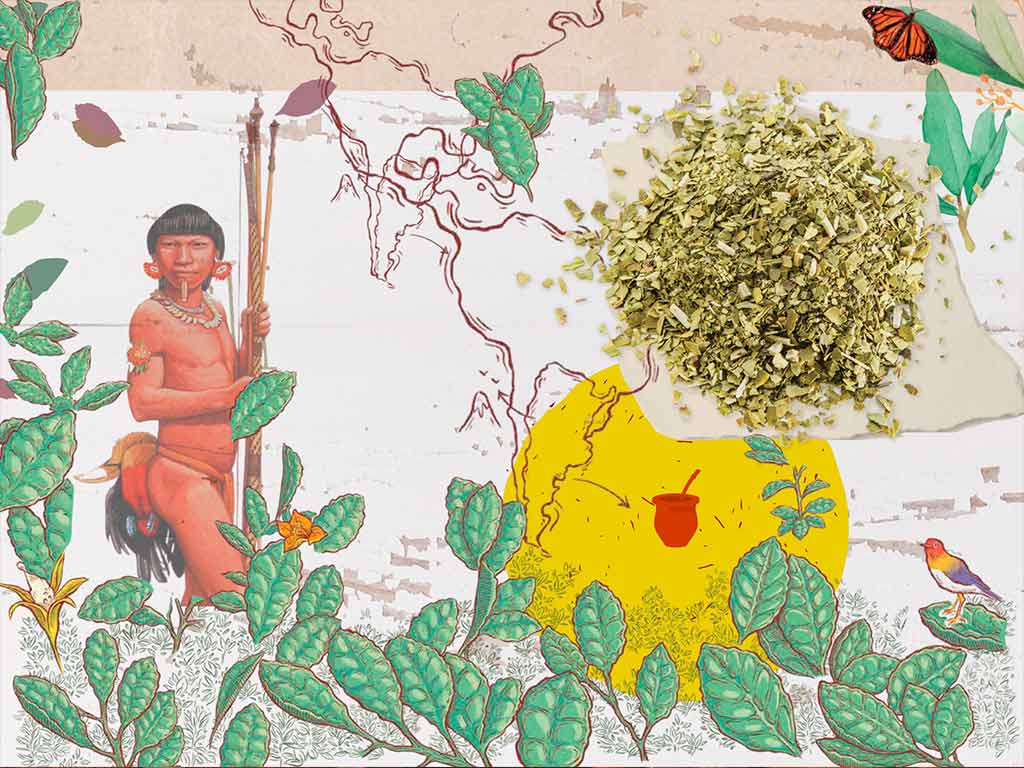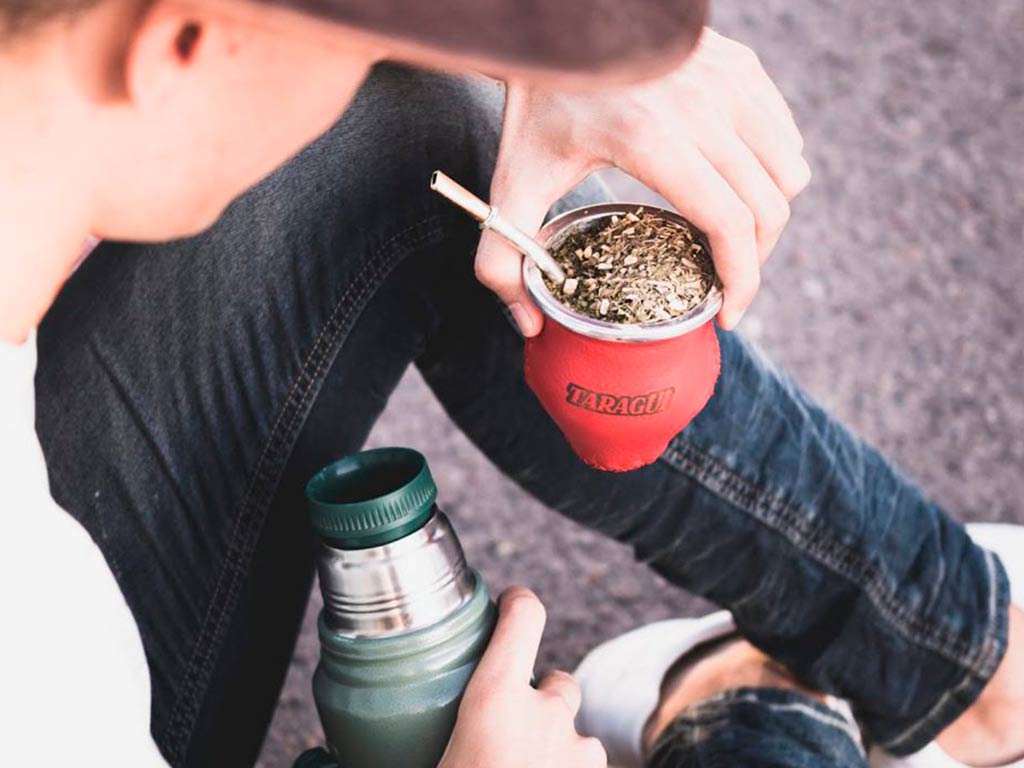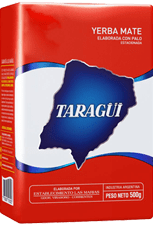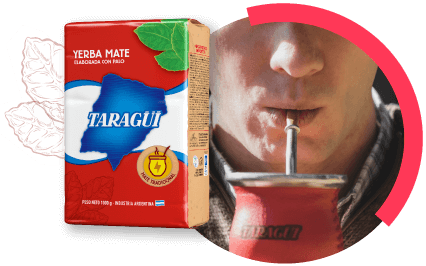
Where does yerba mate come from?
Yerba mate is one of the most popular and beloved drinks in the world. However, to truly appreciate its growing significance and importance, we must first understand its history and origin.

Mate is a highly popular beverage in Argentina, Uruguay, Paraguay, and even certain regions of Brazil. It is considered a cultural heritage in these countries, as it is prepared and shared in a unique and special manner. Furthermore, due to its numerous health benefits, it has transcended borders and is now recognised as one of the best drinks in the world. However, to truly appreciate its growing significance and importance, it is essential to understand the history and origin of yerba mate.
The Guaraní and their yerba
According to the book “Caá Porã: The Spirit of Yerba Mate” published by Las Marías, the discovery of yerba mate can be attributed to the Kaingang ethnic group, who consumed the raw leaves about 3000 years BCE.
However, it was the Guarani (indigenous people of some South American countries) who really worked to exploit the benefits of yerba mate and perfected its technique and process, by placing the leaves in a gourd with water and sipping the liquid through straws made from sugar cane. In fact, the word “mate” comes from the Guarani term “Caa-mate”: “Caa” means plant or herb, and “mate” refers to the gourd they used to drink it. They also understood its nutritional value and sometimes chewed the leaves directly, like the Kaingang.
In addition to appreciating the health benefits of yerba mate, they also worshipped it as a sacred gift from the gods and gave it a special and spiritual meaning. They idolized it and believed that by drinking yerba mate, they were consuming the power of the jungle. This sacred and special meaning was the reason it later became a currency of exchange with other pre-Hispanic groups like the Incas, Charrúas, Araucanos, and Pampas, who eventually adopted yerba mate in their own cultures.

Popularity in colonial times
During the colonization of South America by the Spanish, they were introduced to the use and benefits of yerba mate by the Guarani. As a result, it quickly gained widespread popularity and was soon transported to all territories under Spanish rule.
The Jesuit missionaries played a significant role in spreading the consumption of yerba mate throughout the continent. They believed that commercializing yerba mate would have enormous economic potential, so they conducted research to understand why the yerba mate tree could only grow in this particular region of the world. They later discovered that toucans, tropical birds in Central and South America, pre-digested the seeds of the tree. This discovery was later confirmed by the French naturalist Aimé Bonpland.
The Spanish Jesuits were pioneers in the cultivation, transportation, and commercialization of yerba mate, although they preferred to drink it in tea bags instead of using bombillas like the Guaraní. This is why yerba mate became known as “The Jesuit tea” at some point in history.
The “gauchos” and their love for yerba mate
The gauchos, who were Argentine cowboys, settled in different regions of South America, including Argentina, Uruguay, Paraguay, southern Brazil, Chile, and Bolivia. They were known for their independent and semi-nomadic way of life in rural areas. The gauchos hunted wild cattle brought by the Spanish and Portuguese colonizers and built settlements and cities. They were pioneers in preparing the traditional asado, which has become deeply rooted in countries like Uruguay and Argentina.
In their interaction with native groups, the gauchos adopted yerba mate as a part of their identity, along with horseback riding and their typical leather clothing. They drank mate in groups, for breakfast, lunch, dinner, and before bed. The tradition of drinking mate became an enduring part of their culture. These cowboys would gather around a fire and, along with the beef asado, it was common to heat up water and pass around a cup of mate from hand to hand.
During the process of Argentina’s independence in the 19th century, the habit of drinking mate became further embedded in the country’s folklore. Read more about Yerba Mate in Argentina.

Yerba mate, today
Yerba mate is grown in Argentina, Paraguay and southern Brazil, where the soil, temperature and humidity are ideal (read more about the production of yerba mate here). Although countless attempts have been made to cultivate and produce yerba mate in other regions like North America, Asia and Africa; the Ilex paraguariensis refuses to grow outside the lands of the Guarani.
In Argentina, mate tea is the most consumed drink after water, without distinction of gender, age or social class. According to the National Institute of the Yerba Mate, an average of 100 liters of mate are consumed per year, per person, in Argentina. Mate is present in more than 90% of the Argentinean homes. There is a great diversity of brands in the market, Las Marías being the leader (with its main brand Taragüi) with about 20% of the national market.
Although Argentina is the largest producer and exporter of yerba mate with 54% of the global market, it is currently gaining more and more popularity outside the limits of Latin America. Today it is possible to enjoy the benefits of this natural infusion far beyond the continent: yerba mate can be ordered online and received throughout Europe and the United States (see store locator). There is even a wide variety of both traditional and innovative yerba mate products.
Furthermore, drinking mate is a cultural affair and part of the lifestyle of the producing countries. In Argentina, mate is usually drunk in groups and in rounds, as part of a social ritual; and in Uruguay it is mostly drunk individually, but literally anytime, anywhere. From the Guarani to the Millennials, the irreplaceable meaning of yerba mate remains as -or more- valid as ever for South Americans; and this goes far beyond its function as a stimulating drink.
Yerba mate is undoubtedly one of the most surprising and pleasurable discoveries the South American continent has offered the world, and more and more benefits are being discovered in addition to its extensive list of already known advantages.


